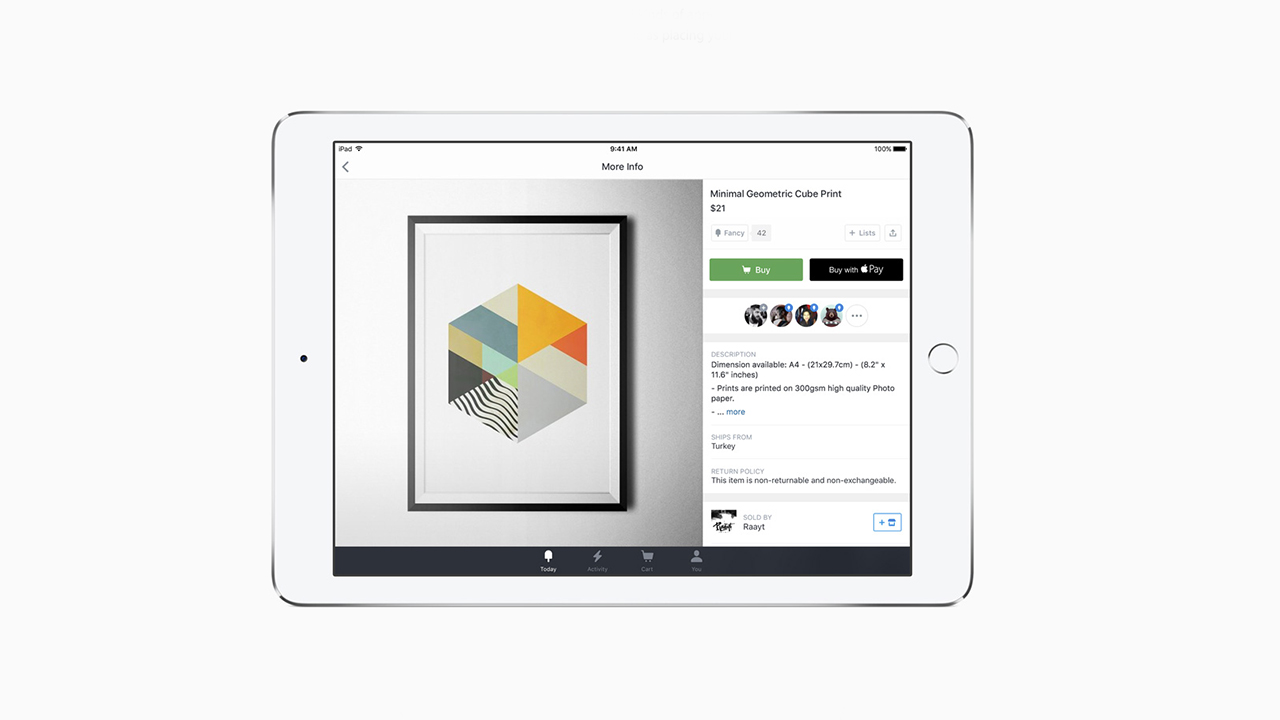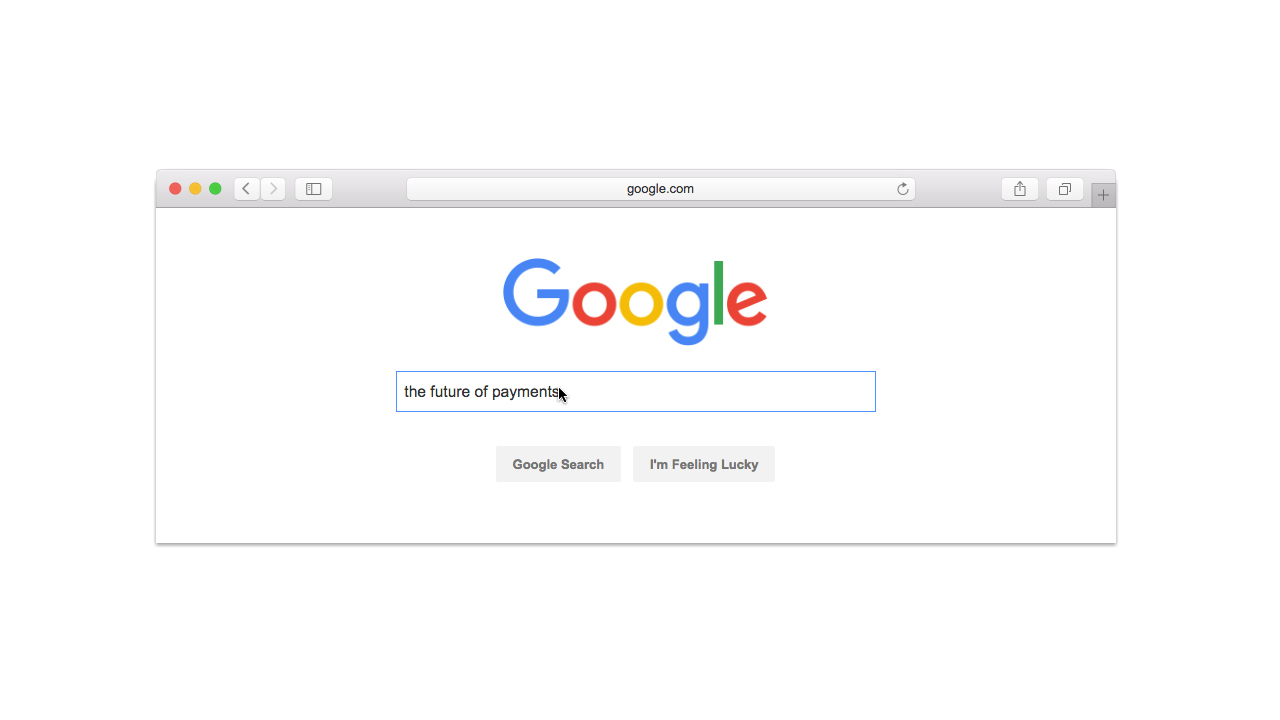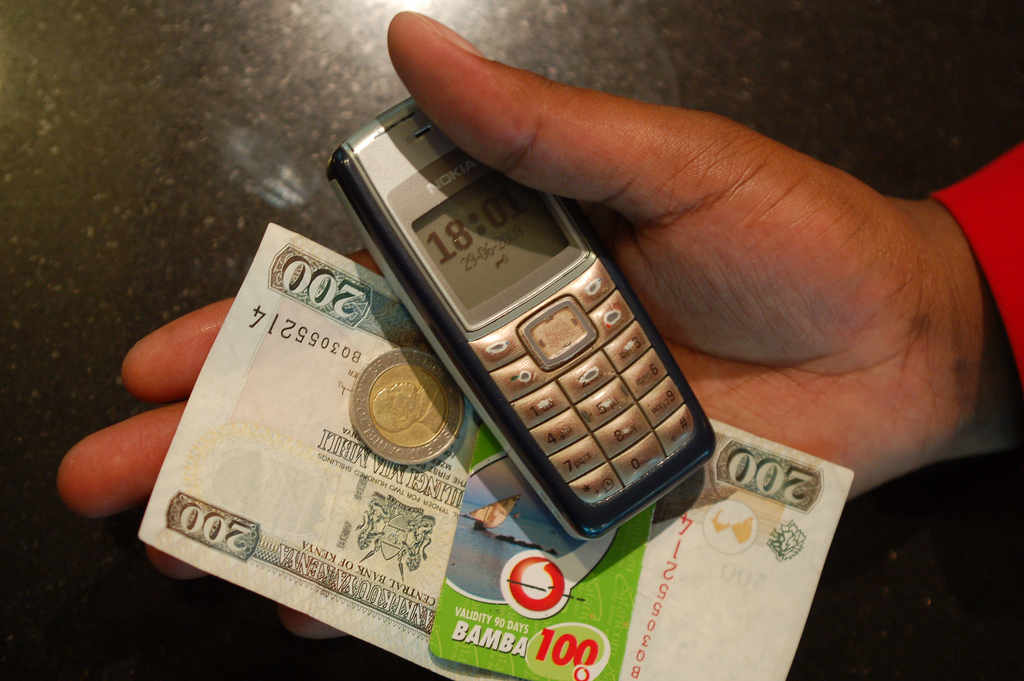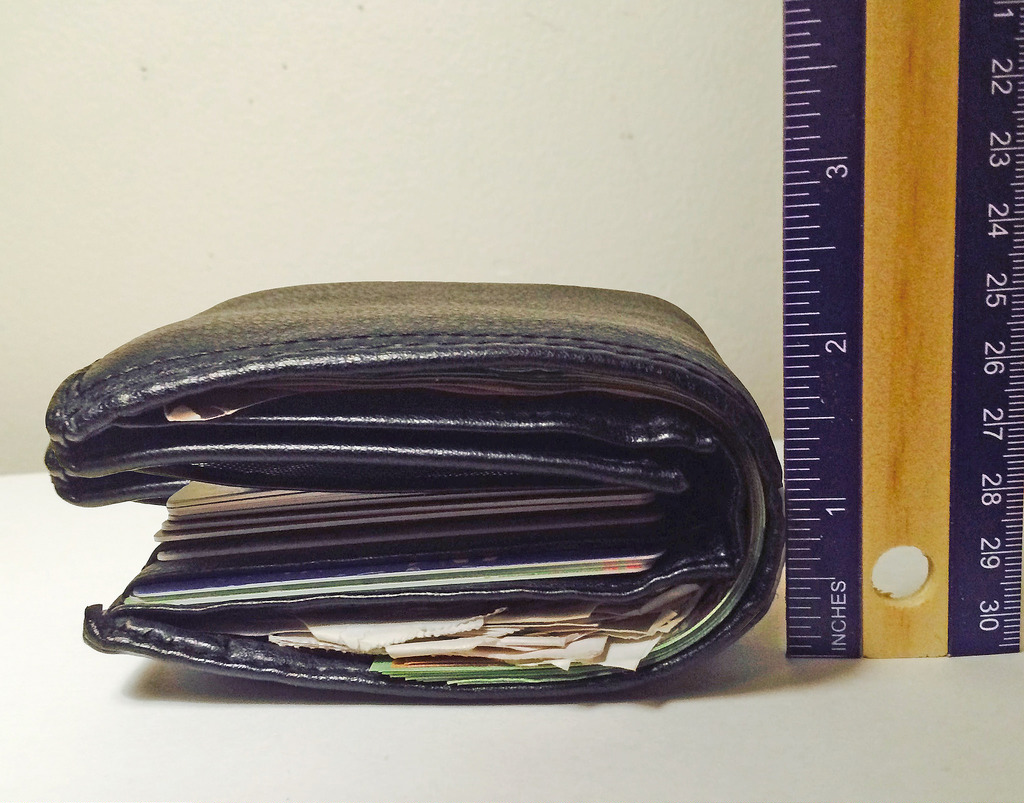How PayPal is moving into retail payments
Apple Pay jumps into ecommerce
Let me Google the future of payments for you
4 charts about mobile payment growth, or the lack thereof
WTF are mobile wallets?
5 trends we’re watching this week
Google hears the fintech music, invests in Symphony
Without much fanfare and quietly, Google has become one of the most active early stage investors in fintech.
GOOGLE’S INTEREST IN FINTECH
Google’s interest in fintech has included multiple investments in collaborative finance platforms, making the search firm one of the most active investors in crowdfunding. But the firm’s interests span beyond the excitement of social investing — it’s also interested in putting its chips down on more core fintech bets, including trading, digital currency, ecommerce, and back office settlements.
In fact, over the past 5 years, Google Ventures has been the most active fintech investor anywhere.
MOVING DEEPER INTO THE FINANCE INDUSTRY
Yesterday, an industrial-grade communication tool developed and owned by a financial industry consortium, Symphony, announced that it had raised a new investment round totaling over $100 million.
Filling out the list of 21 finance and venture firms participating in the round was Google Ventures.
Symphony’s Wall Street backers are seeking to challenge communications and data firms including Bloomberg News parent Bloomberg LP and Thomson Reuters Corp.
Even Bloomberg News was cognizant of the fact that Symphony is competing head-head with the same messaging tools used on the Bloomberg terminal.
This investment adds to a warchest of another $66 million Symphony has raised previously. Roth Porat, CFO of Google’s parent company, Alphabet, was an early backer of Symphony in her role as CFO at Morgan Stanley. Re/Code had an early scoop last week that Google was in talks to back the communications technology company.
[x_share title=”Share this Post” facebook=”true” twitter=”true” linkedin=”true” email=”true”]
[x_author title=”About the Author”]
Using Google to forecast a stock’s reaction to earnings reports – with Darren Roulstone
Smart investors are looking at various data sets to help give them an edge with their investing. Some of this information is financial in nature — much of it isn’t.
Some of this information is financial in nature — much of it isn’t.
Professor Darren Roulstone has studied how investors are using Google to search out financial information and what search volume may say about future stock prices.
Using Google to forecast an earnings pop (or plunk)
Google’s my friend.
Not only do I rely upon it for email, video, and of course, search, but I’m using it to invest better and smarter (the Tradestreaming way, right?).
Let me explain:
One of my first podcasts on Tradestreaming Radio was with finance professor, Joey Engelberg. In How to use Google search data to invest, I asked Engelberg about a paper he had recently published that showed how useful Google could be in forecasting stock prices.
Using Google Search Data to Invest by tradestreaming
Specifically, Engelberg noticed:
- Google search volume likely measures the attention of retail investors
- and does so in a more timely fashion that existing proxies of investor attention
And of course, stock prices tend to follow attention.
So, an increase in Google search frequency (SVI) predicts higher prices in the next two weeks and also contributes to a large first-day return (and long-run underperformance) of IPO stocks.
Awesome stuff and after we spoke, Joey kind of went underground (he did leave UNC and headed for UCSD), using his research to make coin at a hedge fund. I spent a whole chapter in Tradestreaming (my book) describing co-lateral research — stuff that’s inherently non-financial in nature (Google search, Amazon ratings, etc) to help us make better investing choices.
Now a new paper shines light on how Google search reflects investor information demand and what that means for earnings news.
Continue reading “Using Google to forecast an earnings pop (or plunk)”















